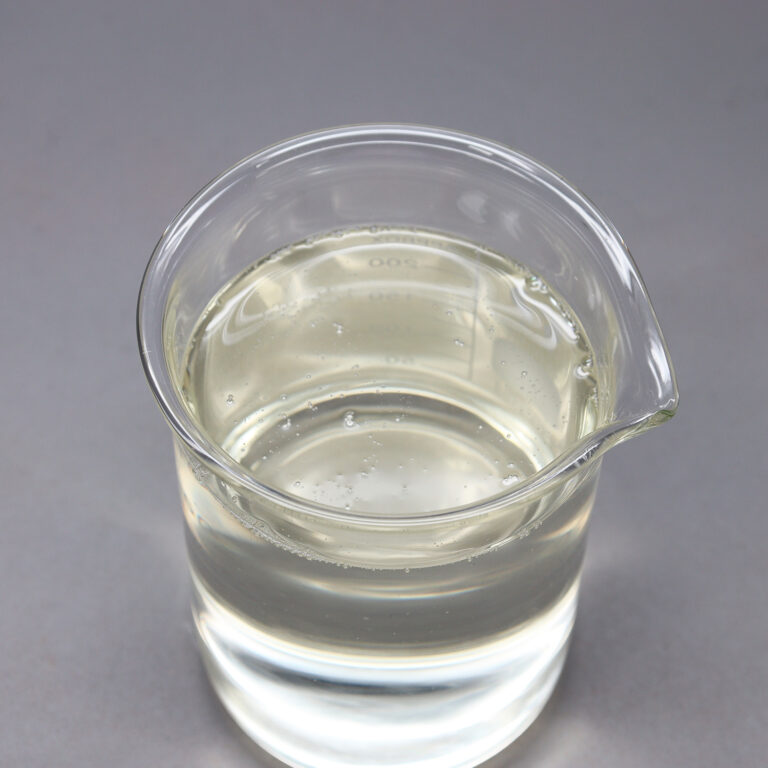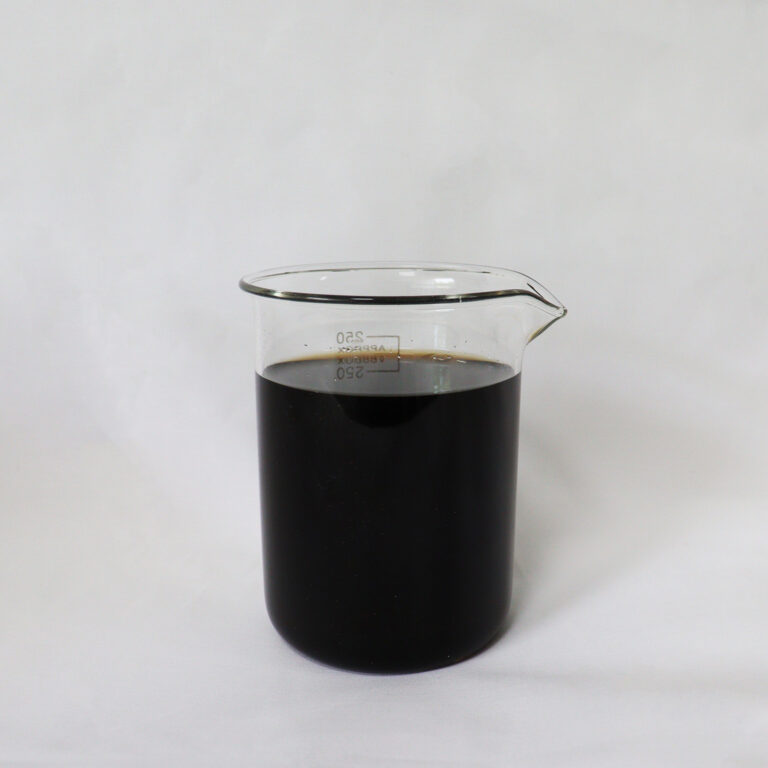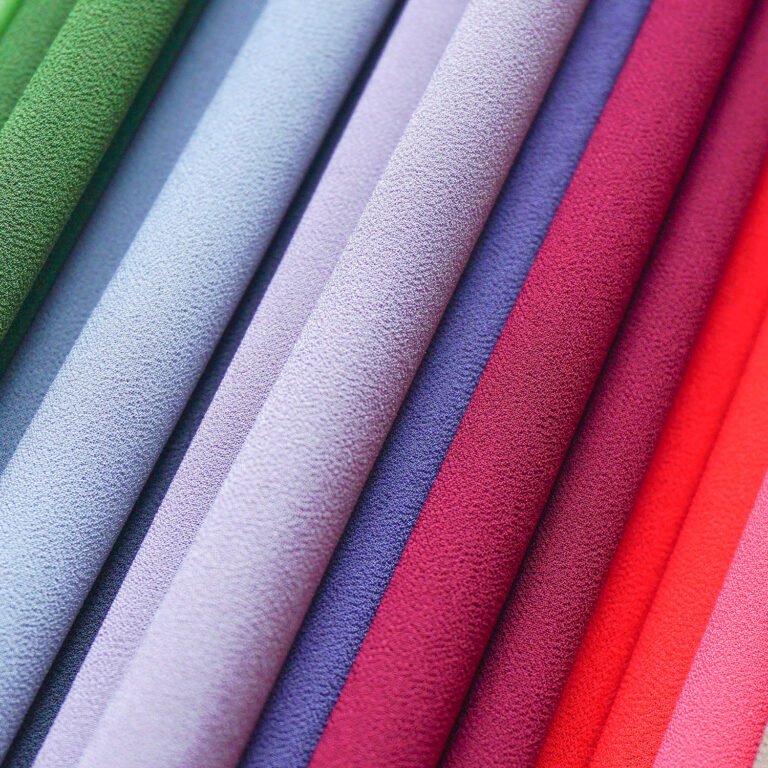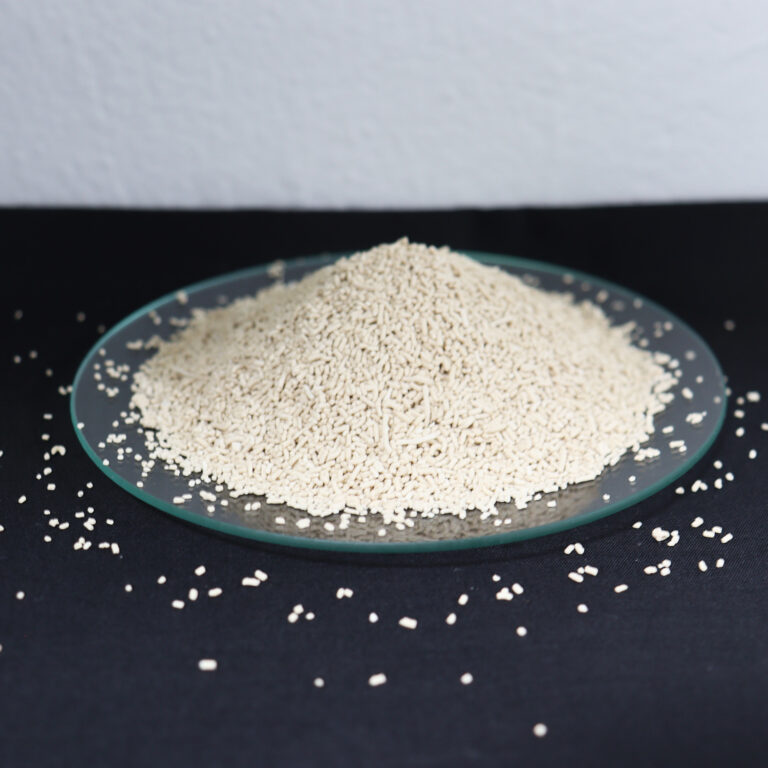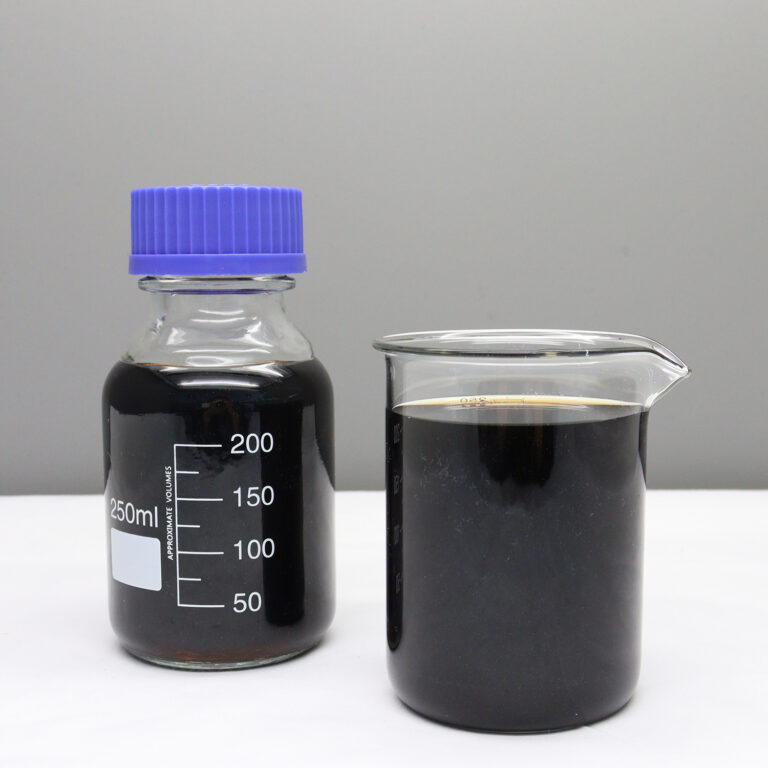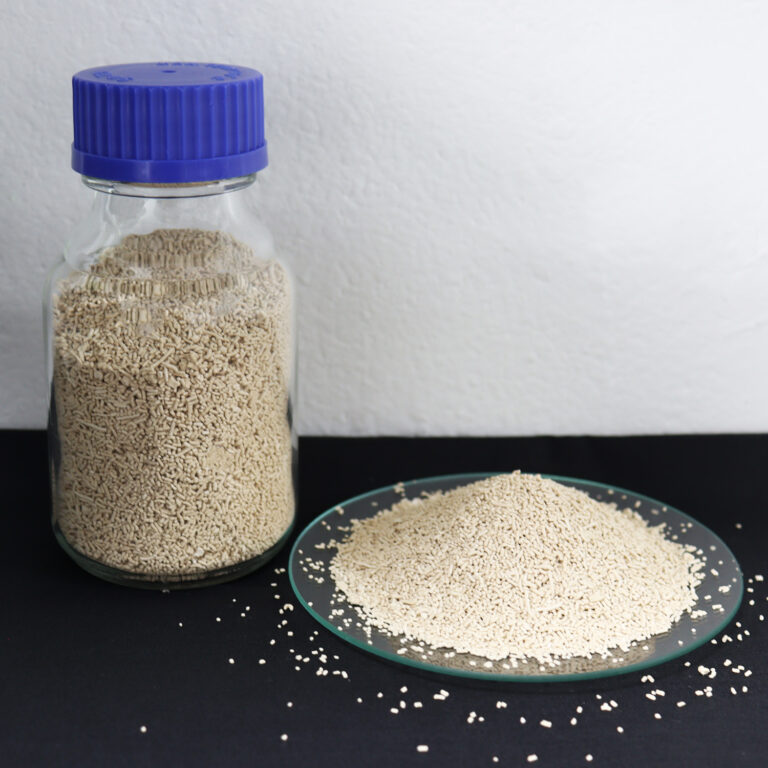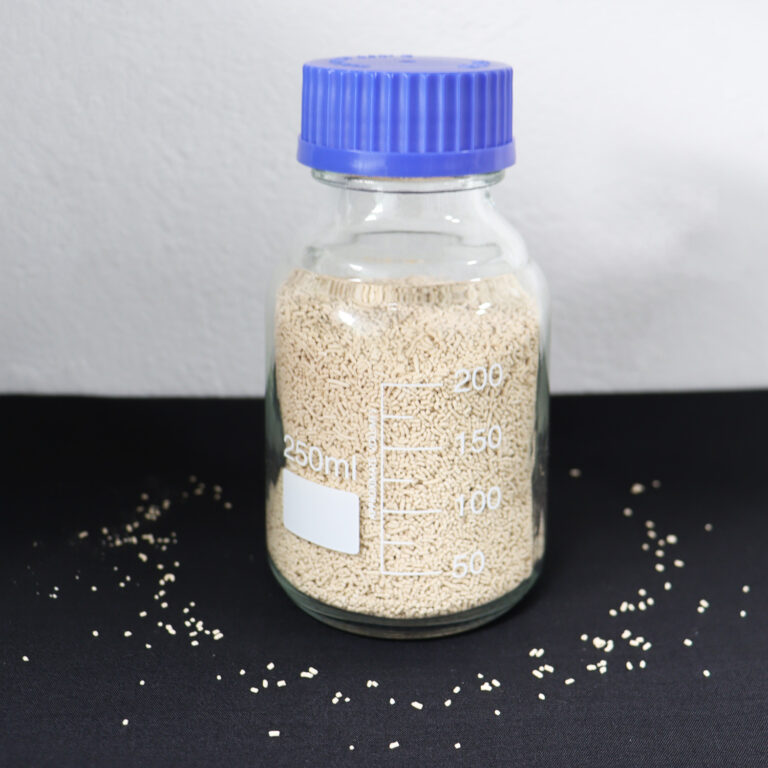In the modern textile industry, silicone-based softeners have become integral to achieving desired hand feel, durability, and process efficiency. Among the many available forms, two leading types are silicone softener beads and silicone emulsions. While both serve the same fundamental purpose—enhancing fabric softness and performance—their structure, application methods, and benefits differ significantly. This article explores the pros and cons of each, helping manufacturers and finishers make an informed choice based on their production needs.
What Are Silicone Softener Beads?
Silicone softener beads are solid-form silicone polymers, often formulated as dispersible micro-granules. These beads offer high concentration, excellent storage stability, and customizable release profiles. Designed for easy dilution and consistent performance, they are widely used in dyeing and finishing processes where precision and shelf-life are critical.
Advantages of Beads:
- High solid content: Greater cost-efficiency and reduced transport/storage volume.
- Longer shelf life: No microbial growth or separation issues.
- Dust-free & safe: Modern bead forms are handled more cleanly and safely than powders.
- Customizable: Gradual-release systems and specific finishes can be tailored to various fabrics.
Limitations of Beads:
- Requires dispersion: Needs equipment or process steps to dissolve or disperse before use.
- Higher upfront cost: Initial investment may be higher due to specialized formulation.
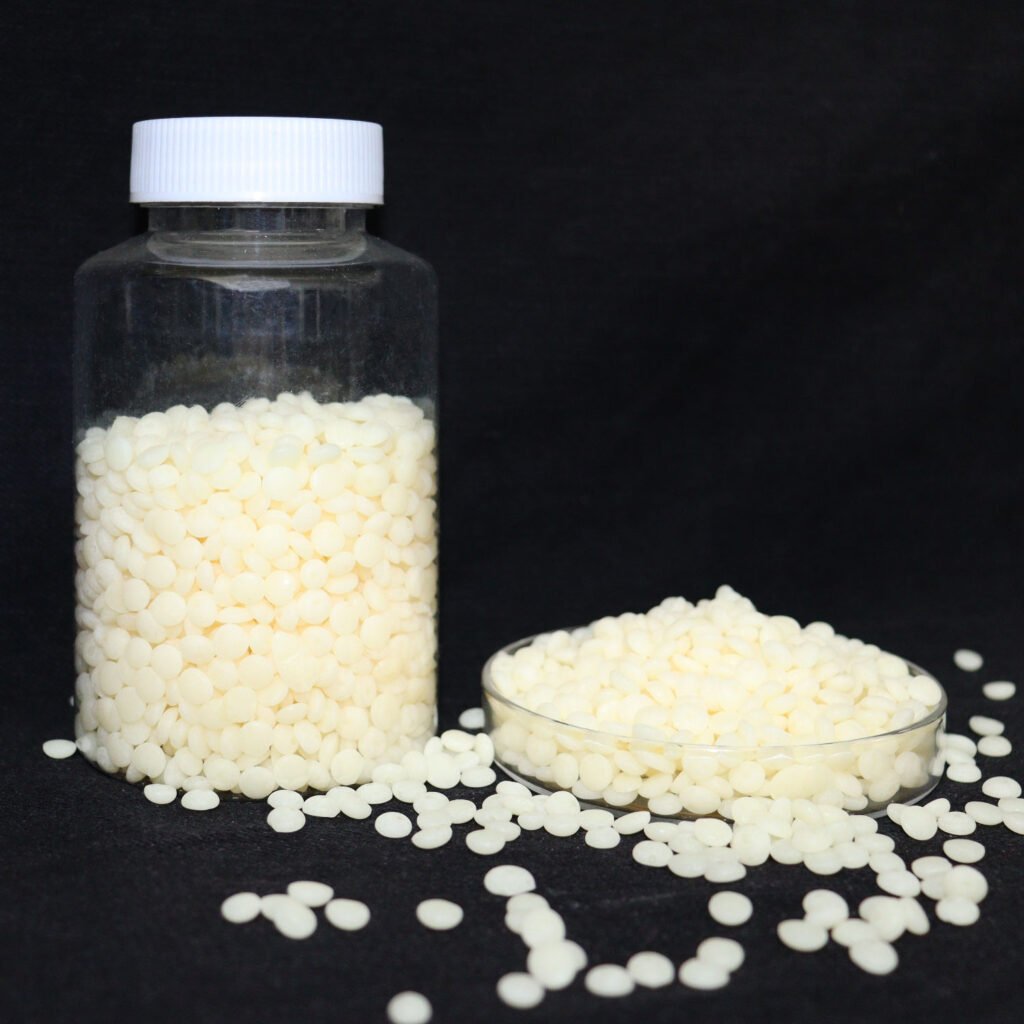

What Are Silicone Emulsions?
Silicone emulsions are water-based formulations where silicone oil is emulsified with surfactants. These liquid softeners are widely used for their easy incorporation into finishing baths and compatibility with other additives.
Advantages of Emulsions:
- Easy application: Can be directly added to padding or coating processes.
- Versatile: Compatible with a wide range of fabric types and finishing conditions.
- Good penetration: Especially useful for softening dense or heavyweight fabrics.
Limitations of Emulsions:
- Lower silicone content: Often more diluted than beads, requiring higher dosages.
- Stability concerns: Emulsions may separate over time or be sensitive to temperature.
- Shorter shelf life: Risk of microbial contamination if not preserved correctly.


Choosing the Right Silicone Softener
The ideal silicone softener format depends on your production goals, fabric types, and operational setup:
| Criteria | Silicone Beads | Silicone Emulsions |
|---|---|---|
| Storage | Long shelf life, compact | Sensitive to heat and microbes |
| Dosage Control | High precision | Easier but less consistent |
| Process Compatibility | May need preparation | Ready-to-use |
| Cost Efficiency | More cost-effective long term | Higher usage per batch |
Final Thoughts
Both silicone softener beads and emulsions provide excellent results in textile finishing, but their suitability depends on factors such as machinery, production volume, and required fabric effects. For operations seeking long-term stability, higher silicone concentration, and custom applications, beads are a compelling option. Emulsions remain the go-to for ease of use and broad compatibility.
Meixin Biotech Co., Ltd. offers a full range of high-performance silicone softeners, including softening beads, emulsions, and flakes. We provide tailored solutions for various textile substrates and finishing goals.
For samples, technical data sheets, or expert guidance, please contact: connie.huang@meixinbiotech.com.
Softening Auxiliaries Articles
How Fabric Softener Flakes Improve Hand Feel in Garment Finishing
Silicone Softener Beads vs. Emulsions: Pros and Cons for Textile Finishing
Softergent Flakes vs. Liquid Softeners: Which Should You Use?
Top 5 Applications of Silicone-Based Softeners in Modern Textile Processing
How Silicone Softening Beads Improve Fabric Feel and Process Efficiency
Silicone Fabric Softener vs. Traditional Softeners: Which Is Better?
What Is a Silicone Softener for Textiles? Benefits, Types & Applications
Understanding Fabric Softener Flakes: Types, Usage & Key Advantages
Does Silicone Softener Affect Color Fastness? Application Tips for Garment Dyeing
How to Apply Silicone Fabric Softeners in Dyeing & Finishing Processes
Where to Buy High-Quality Silicone Softener for Textiles (2025 Guide)
How to Choose the Right Silicone Fabric Softener for Cotton, Polyester & Blends
Top Exporters & Manufacturers of Silicone Softening Beads in China
Understanding Fabric Softener Flakes and Their Role in Textile Care
Is Bead-Type Softener Suitable for Export? 5 Key Questions + Packaging, Storage & Transport Tips
5 Key Questions to Ask Before Buying Silicone Softeners for Garment Production
How High-Concentration Softeners Help Garment Factories Reduce Production Costs
Bead vs. Liquid Silicone Softeners: Which Is Better for Mass Fabric Processing?
Eco-Friendly Silicone Fabric Softeners: Are They Worth the Switch?
FAQs About Silicone Softener for Textiles: Everything Importers Need to Know


